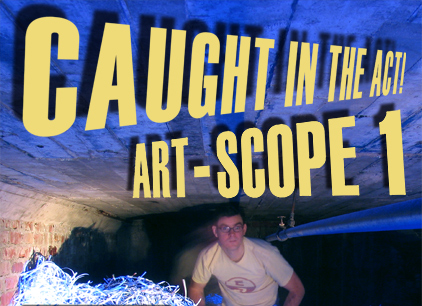"Our enormously productive economy... demands that we make consumption our way of life, that we convert the buying and use of goods into rituals, that we seek our spiritual satisfaction, our ego satisfaction, in consumption... We need things consumed, burned up, replaced, and discarded at an ever accelerating rate."
- Victor LeBeau, US retailing analyst, 1955
In the 1950's, the US economy was radically transformed to become more consumer oriented as President Eisenhower implemented policies based in the belief that recessions could be avoided by "millions of citizens making their purchases, having greater confidence." (1958) We obviously still live in a consumption driven economy as seen shortly after Sept. 11 when "Tony Blair asked people to go shopping and take holidays to prevent the economy going into recession yesterday after the terrorist attacks in the United States." (Daily Telegraph, Sept. 2001) President Bush echoed this sentiment when he said that Americans should "Get down to Disney World in Florida" (Sept. 2001) in order to return confidence to the US airline industry.
One thing that has begun to interest me is how artwork usually defies the consumer culture we live in. A few weeks ago, I had a studio visit from a gallery owner and a large portion of the discussion revolved around the archivability of my work. Clearly, one of the implications of the discussion was that anyone who purchased my work would want it to exist for far longer than a human life span (like 200 or 300 years).
After the gallery owner left, an interior designer wandered into my studio (uninvited) and she stated how she had many clients who would be interested in the work. When I told her the price of the work and that the work would be sold out of the gallery at my next show, she looked shocked and said, "Well, you'll never sell any art at those prices because people with real money redecorate their homes every year. What are they supposed to do once they're bored of looking at your art? You should just sell prints that people can throw away every year and then buy new ones to match the rest of their new decorations. You'll make a lot more money that way ..."
I suddenly channeled Lloyd Dobbler: "Look lady, as an artist I don't want to sell anything, buy anything, or process anything. I don't want to sell anything bought or processed, or buy anything sold or processed, or process anything sold, bought, or processed, or repair anything sold, bought, or processed. And I certainly don't want to sell anything that is bought with obsolescence processed right in. Now get your patchouli stink out of my studio!"
The word "consumed" is applied equally well to either current economics or a devastating fire, so most artists do not fit in with a consumption economy because we do not make work that is meant to be consumed in either. We make work that we hope will have meaning and value long after we are gone.
The best example of an artist who is smart enough to create work both in and about our economy is Boston's own Douglas Weathersby. On April 1, Weathersby performed a piece at the Beehive where the public was invited to bring in sensitive documents and he shredded them, creating an installation "nest" in the space. Weathersby's work both challenges and participates in the work and consumer culture we live in by creating both his monetary living and a living space out of consumable products.
Weathersby's work stands in sharp contrast to Dash Snow and Dan Colen's Nest at Deitch Gallery last summer. In many ways, as the grandson of Christophe De Menil who is one of the world's largest collectors, Dash Snow represents the power of consumption in an art market that will apparently exhibit anyone if they know the right people. Dan Colen is perhaps best know for advertising one of his exhibitions in Berlin by putting up fliers showing him with a tallith (Jewish prayer shawl) hanging from his erect penis. Their "Nest" was made by shredding 2000 telephone books and then spray-painting the walls. You can watch a YouTube video of the work to get a feel for it. The book documenting the "Nest" will become available in July 2008. You can pre-order it now or if you send me $50 I will shred it and send it back to you.
I can't relate to work like Dash Snow and Dan Colen's that is meant to be vacuous, trite work in order to create legend, not meaning. Their work is designed to exist like an awesome-raging high school party. I don't know about you, but there are a host of reasons why I don't hang out with high school kids. Why would I go to a gallery to see the detritus of their self-centered consumption?
Instead, I'm looking forward to more work from Weathersby. Watch his website, I'm sure more is coming ...




